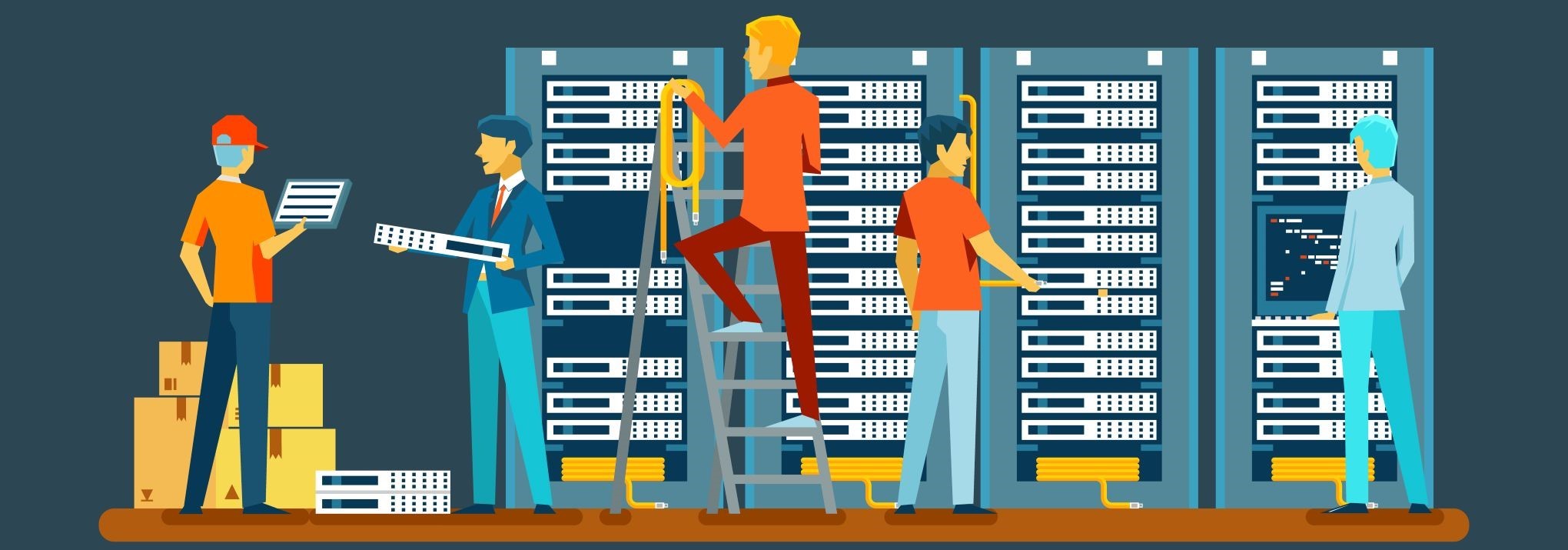
UNDERSTANDING HOW THE WEB WORKS

Did you know that, according to www.data-alliance.net, there are almost 5,000,000,000 Internet users in the entire world? And yet, very few of us understand the inner works of the world wide web. In fact, the Internet is nothing more than a huge network of computers, which communicate with each other using a variety of protocols.
Any protocol utilizes a particular set of rules, which tell the computers how to exchange data over the network. To give you an idea, the Transmission Control Protocol (TCP) is often used to transmit error-checked data between various applications that run on computers which communicate by making use of an Internet Protocol (IP) based network. Whenever you visit a web page, you check your email, you upload a picture to a file sharing service, and so on, you make use of the TCP/IP protocol.
Those bytes of data which get transferred back and forth are called "data packets", and the maximum size of a data packet is about 3,000 bytes. The packets also include "payloads" besides the actual data, of course. IP data packets include a header which contains the origin and destination IP, for example; otherwise, the packet wouldn't be able to reach its destination.
The web relies on several powerful computers named routers, which have the goal of routing data packets from source to destination. When linked together, these core routers form the so-called "Internet backbone". These huge routers are owned by several entities, including governments, universities, telecom operators, and so on.
A data packet will often be rerouted several times, moving through several routers before it reaches the destination computer. This means that some packets may arrive later to the destination, despite being sent earlier. However, things don't get messy because the packet also includes an index, which is used by the TPC protocol to reconstruct the entire message. Some data packets will never reach their destinations, though; in this case, the target computer will request them, and the TCP protocol will ensure that the dropped ones are sent again.
But what's with these source and destination addresses? Well, computers can't use home addresses the way we do; they rely on series of symbols, which are called IP addresses. There are two IP standards:
- IPv4 provides support for up to 4 billion devices, each one of them having its own IP. As you probably know, there are over 17 billion Internet-ready devices in the world at the moment, but we haven't hit the IPv4 limit yet because many of these devices operate on the same networks, thus using fewer IPs. Your computer, tablet and phone are probably using the same Internet Protocol address, which was assigned to your home router, get it? A typical public IPv4 address looks like this: 133.144.38.6.
- IPv6 provides support for up to 3.4028237e+38 devices, which is probably more than what the entire human race will ever need. An IPv6 address looks like this: 1983:0db8:85e3:2345:0000:8f2e:0373:7534.
Computers aren't able to figure out the proper data packet destinations by using the user-friendly website names we're familiar with. So, when you type csscontainer.com into your browser's URL bar, and then hit the "Enter" key, your computer needs to "resolve" the desired IP address, to discover the destination by looking it up into a decentralized database called Domain Name System (DNS). Yes, there are several powerful servers which have a single goal: to convert pretty names such as csscontainer.com into IP addresses such as 100.81.144.12.
These days, data packets are encrypted before being sent to the target computers; otherwise, hackers would be able to sniff them, decrypt them, and then get access to our data. The most common security protocol is called SSL/TLS; it encrypts all the data before breaking it down into smaller-sized packets, thus making it virtually impossible for the bad guys to reconstruct the original message. Additionally, the system makes use of authentication, rendering man-in-the-middle attacks useless. Any time you visit a site that uses SSL/TLS, you will see a green icon in your browser.
I hope that you like this article. Be sure contact me if you have any suggestions, corrections or questions.